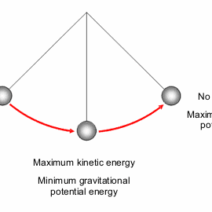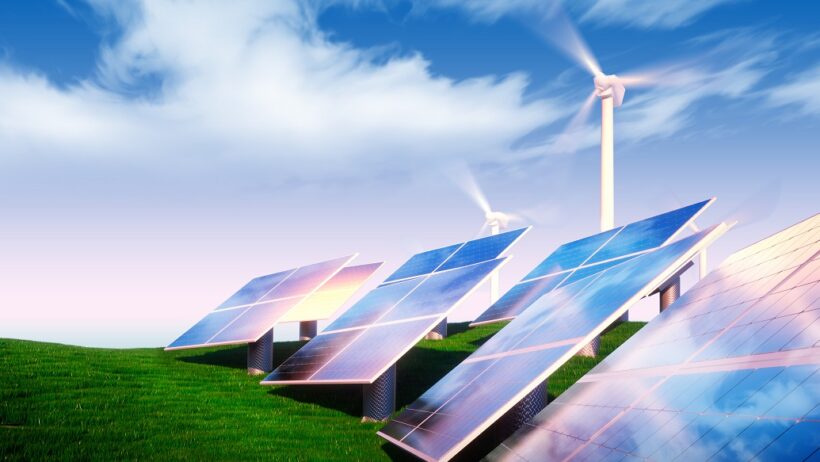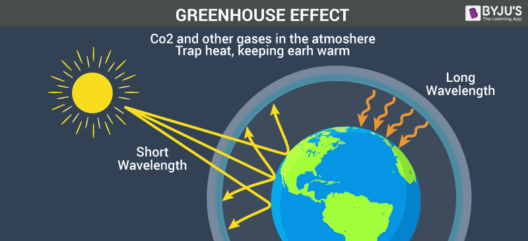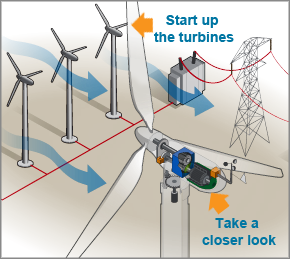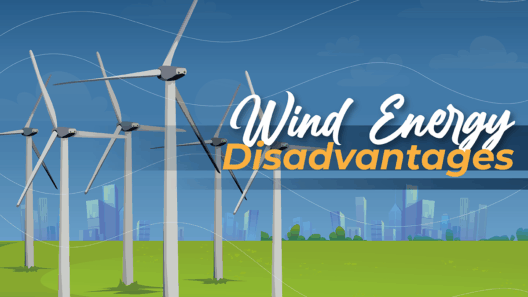As the world pivots towards renewable energy sources, the allure of wind turbines as a clean, inexhaustible energy solution grows stronger. However, despite their immense potential, one question remains prominent: how do we store the energy produced by these turbines for later use? This inquiry unveils a vibrant tapestry of innovative solutions and technologies designed to bridge the temporal gap between energy generation and consumption. The challenges posed by the intermittent nature of wind energy are ripe for exploration, prompting a discussion about the myriad of strategies in energy storage that are gaining traction.
Wind energy, unlike fossil fuels, operates at the mercy of nature. It is a product of fluctuations in wind speed, which can be unpredictable. Therefore, without efficient storage solutions, the energy generated when the wind is blowing may be rendered unusable when demand peaks or when the wind quiets. Numerous storage methods are evolving, promising to transform potential into practicality.
Battery storage represents the burgeoning frontier in energy storage technology. Among the predominant options are lithium-ion batteries. Widely utilized in consumer electronics, these batteries are also finding their place in the realm of renewables. They offer quick response times and high efficiency, making them ideal for managing short-term fluctuations in energy supply. However, challenges remain for lithium-ion batteries, primarily surrounding their environmental impact, lifecycle, and cost. Advanced materials and recycling technologies are under constant investigation to mitigate these concerns and enhance sustainability.
Another promising battery technology is the flow battery, particularly vanadium redox flow batteries. These systems allow energy to be stored in liquid electrolytes housed in separate tanks. This design enables scalability, meaning that energy capacity can be increased simply by enlarging the size of the tanks. Flow batteries excel in longer discharge times, making them well-suited for balancing daily energy consumption with intermittent supply from wind turbines. Ongoing research aims to improve their efficiency and reduce costs, providing hope for increased adoption in the renewable energy landscape.
Beyond electrochemical storage, mechanical energy storage presents an alternative approach worthy of consideration. Pumped hydro storage is one of the most established methods, employing gravitational potential energy. Essentially, excess wind-generated electricity is used to pump water uphill into a reservoir during peak production periods. When demand surges, the stored water is released, flowing back down to generate hydroelectric power. This system is particularly effective due to its high capacity and longevity, although geographic limitations can restrict its implementation.
Similarly, compressed air energy storage (CAES) utilizes the principles of compressing air in underground caverns or tanks during surplus energy production. When energy is needed, the compressed air is heated and expanded to drive turbines. CAES facilities can provide significant storage capacity, but must contend with efficiency losses associated with heating the air. Innovations, such as adiabatic CAES, which recovers waste heat in the compression process, are being explored to enhance performance.
Thermal energy storage also emerges as a viable candidate for wind energy integration. By converting excess electrical energy into thermal energy, this method stores heat in materials like molten salts or water. These materials can then be utilized to produce steam and generate electricity when needed. This technology not only serves as energy storage but also integrates well with conventional power generation systems, providing flexibility and resilience. As industries pursue carbon neutrality, the combination of wind energy with thermal storage can play a critical role in energy management.
Hydrogen production presents an intriguing solution for storing wind energy. Known as power-to-gas technology, this process utilizes surplus electricity to electrolyze water, separating hydrogen and oxygen. The hydrogen generated can then be stored and repurposed, either through fuel cells or combustion for energy generation. It stands out due to its versatility—hydrogen can be blended with natural gas, utilized in transportation, or even stored for long periods. However, the current economic viability and infrastructure development require further attention to accelerate hydrogen’s role in energy storage solutions.
The convergence of these technologies beckons a new era of energy management. The interplay of different storage methods can lead to synergistic solutions tailored to local conditions. For instance, coupling wind energy generation with battery storage can enable grid operators to smoothen fluctuations and improve reliability. Meanwhile, integrating hydrogen production within large-scale systems can provide long-term energy reserves, ensuring supply during lulls in wind production.
Innovation thrives through collaboration. As various technologies evolve, partnerships between researchers, private companies, and governmental bodies are essential in addressing challenges hindering widespread adoption. Investment in research and development can foster breakthroughs that optimize existing systems and give rise to entirely new paradigms.
Energy storage is at the forefront of the renewable energy revolution and can no longer be sidelined in discussions surrounding wind turbines. It necessitates a reimagining of how we approach not just energy generation, but also its management and distribution. As society’s transition to wind power accelerates, the focus on storage technology will become increasingly critical. The fate of a reliable, sustainable, and efficient energy future may rest heavily on our ability to harness and store the wind’s gifts, transforming fleeting gusts into enduring power. This is a moment calling for ingenuity, foresight, and unwavering commitment to a cleaner world.
